Mythological fiction and mythology are different: Devdutt Pattanaik
Submitted by
TellychakkarTeam
on
Thu, 08/10/2017 - 14:09
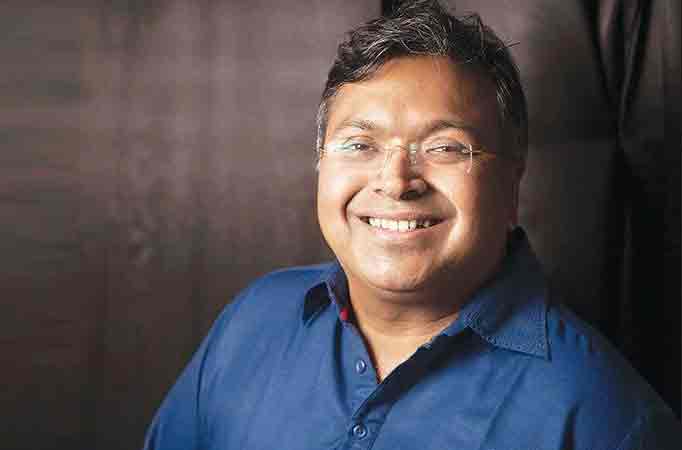
Think of Indian books on mythology and a number of popular titles like Amish Tripathi's "The Shiva Trilogy" come to mind. But Devdutt Pattanaik, one of India's foremost writers on mythology, has suggested an underlying difference between "mythological fiction" and "mythology".
"One must distinguish between mythological fiction and mythology. Mythological fiction is very popular as it is fantasy rooted in familiar traditional tales. Mythology itself is about figuring out worldviews of cultures -- how did people think in a culture.
"Most writers I know focus on mythological fiction. Study of mythology still remains rather academic," Pattanaik told IANS in an interview.
And why not if you look at the popularity of the genre and the list of books that continue to dominate the bestseller lists? Most such books, including the very popular "The Shiva Trilogy", "The Krishna Key" or "The Mahabharata Secret" are largely fictional narratives woven around some ancient scriptures. These books are immensely popular but their relevance to the truth is often questionable.
On the other hand, writers like Pattanaik, Bibek Debroy and Arshia Sattar provide a greater focus on the ancient scriptures in their books, which mostly fall in the nonfiction genre. Of course there are perspectives and interpretations in their works, but these are not fictional accounts.
When asked to share his views on the contemporary mythological writing in India and whether the reader is being shown "the wood" or "the tree," Pattanaik said that he doesn't "evaluate other people's writings".
"To each his own. Readers choose books and so they choose the woods, and the trees. Let us not infantilize the readership. Ultimately, we have to decide what works for us," he maintained.
Pattanaik has published over 30 books, which include "My Gita," "Business Sutra: A Very Indian Approach to Management," "Jaya: An Illustrated Retelling of the Mahabharata," and "99 Thoughts on Ganesha, Shikhandi and Other Tales They Don't Tell You," among others.
The author quipped that he wants to approach Indian mythology using Indian frameworks.
"I am tired of Indian mythology being seen using Western frameworks that are rooted in judgement and combat. That is what I aim to do. That is what drives me. The Western framework refuses to acknowledge monotheism, or atheism, as mythology. The Western framework refuses to see 'happily ever after' as a mythic structure. We don't realise that ideas like justice and equality are myths, not reality, as we have been conditioned to see Western ideas as rational, not mythic. This is not healthy for the global village. So I seek to expand the mind. This is what the Sanskrit word 'brah-mana' means: to expand the mind," he elaborated.
In his latest, "My Hanuman Chalisa," published by Rupa, the much acclaimed author demystifies it for the contemporary reader. His unique approach makes the ancient hymn accessible, combined as it is with his trademark illustrations.
"I love the 'Hanuman Chalisa' as it fills me with positive feelings. But I realised that I hear the tune, but do not actually know what the words mean. And when I started exploring each line, a world of Vedic wisdom unfolded before my eyes. This is what I wanted to share with my readers. A darshan of this holy book composed 400 years ago for the common man," he added.
His interest in mythology does not date back to childhood. In fact, it is an interest he developed in college days, and really elaborated in the years after graduation from medical college. Initially it was just a hobby but over time he realised that he really knew more than even the writers he was reading, especially since most of them seemed not to be reading each other.
So what is his writing process like? Are there any self-regulations that he adheres to?
"I just write what I feel is appropriate. I do not regulate what I write. My focus is on how to make something palatable and accessible to people who do not have time to do research or read academic papers. I love putting things in systematic order, in boxes, in flow charts, in timelines, with bullet points and Venn diagrams," he contended.
(Source: IANS)
Like

0
Love

0
Haha

0
Yay

0
Wow

0
Sad

0
Angry

0


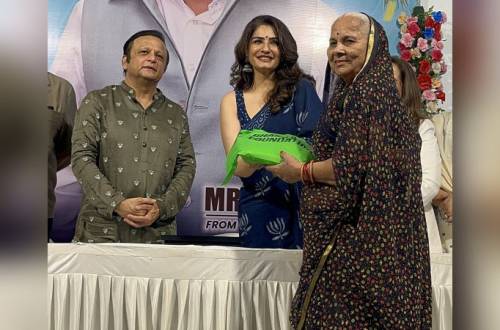
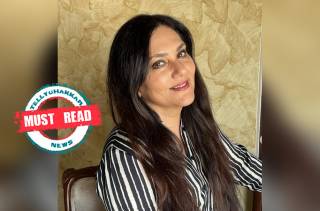
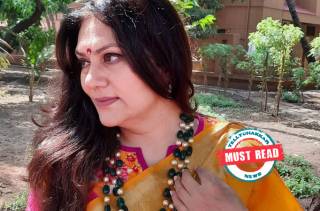
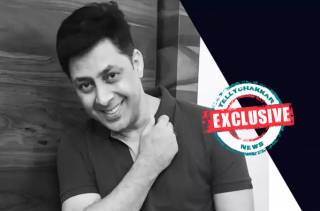

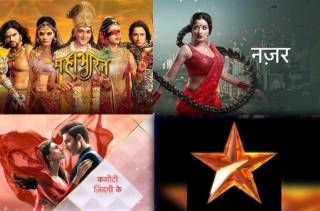
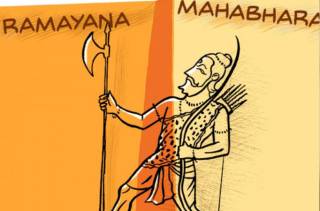
Add new comment